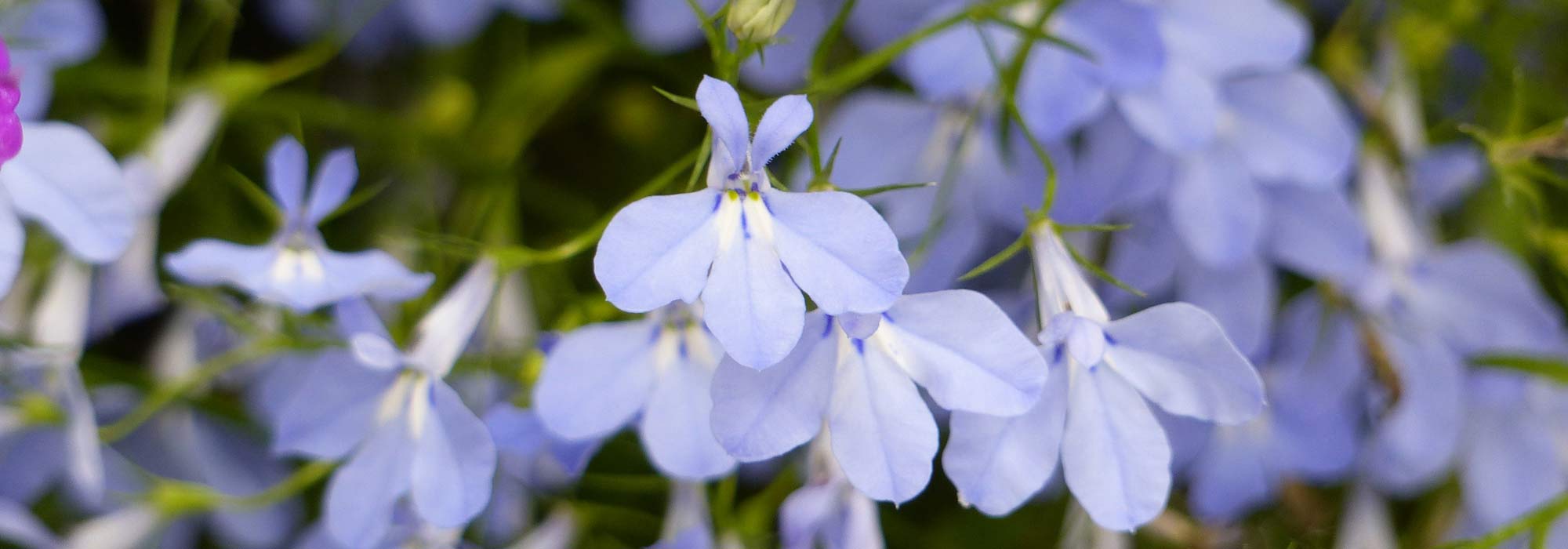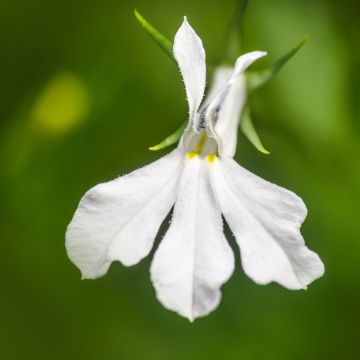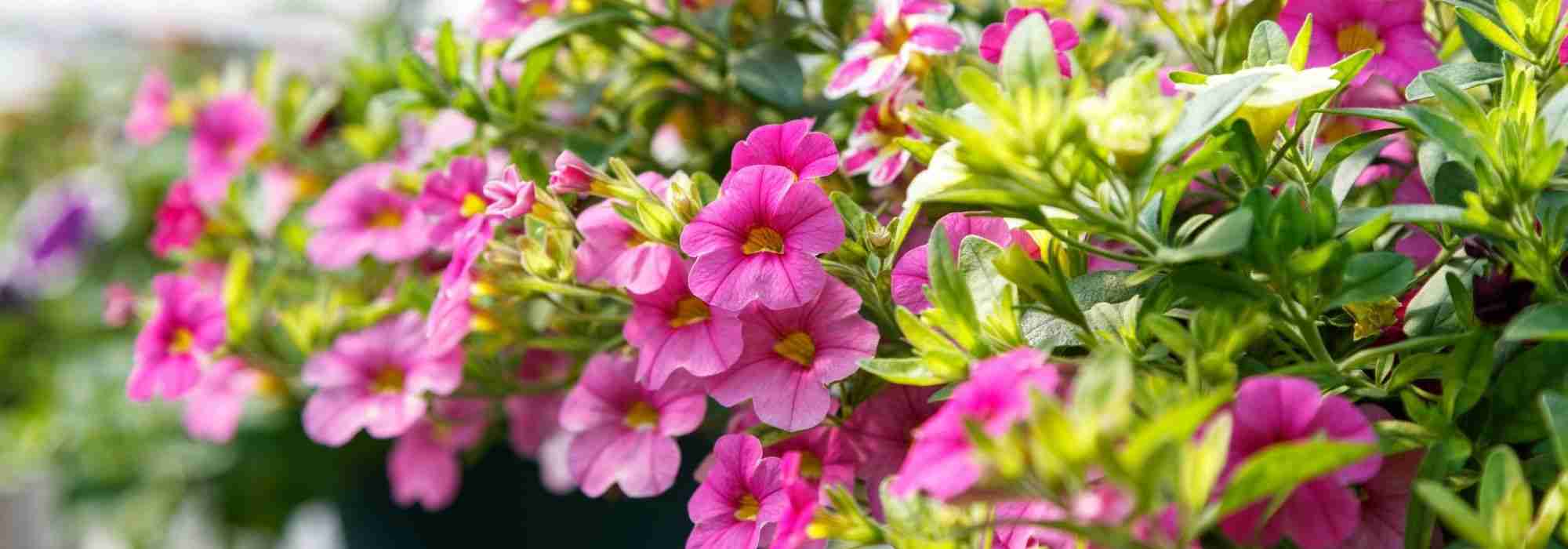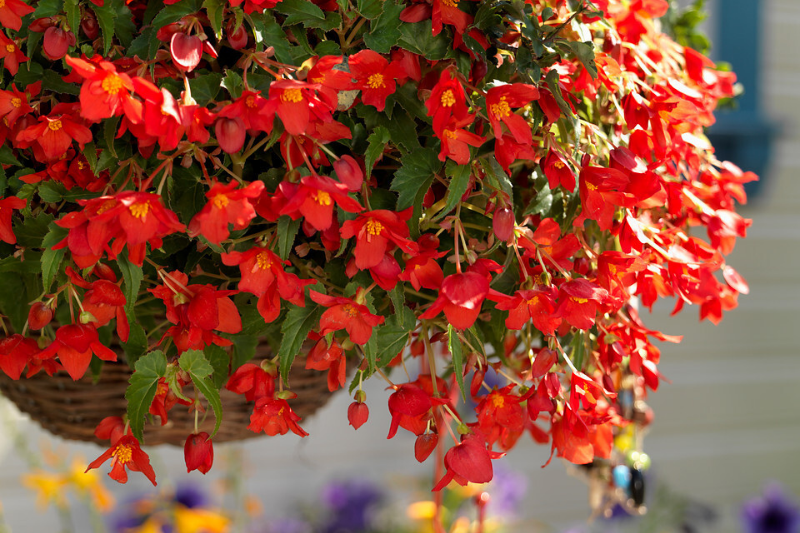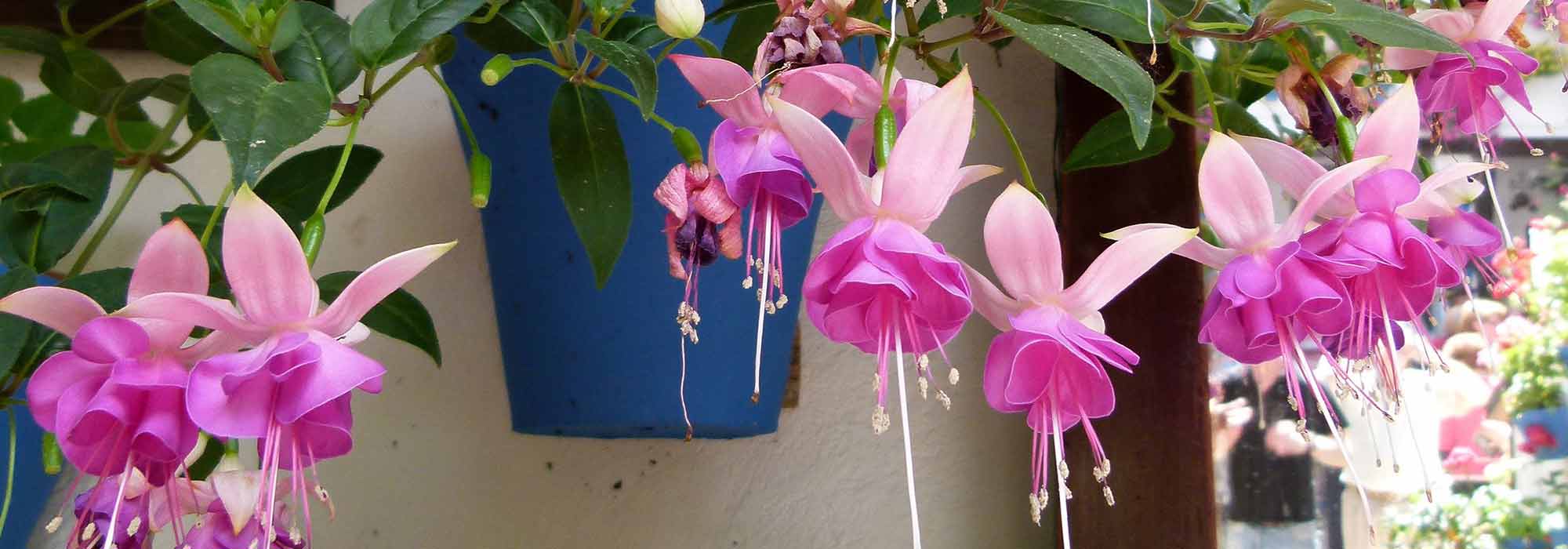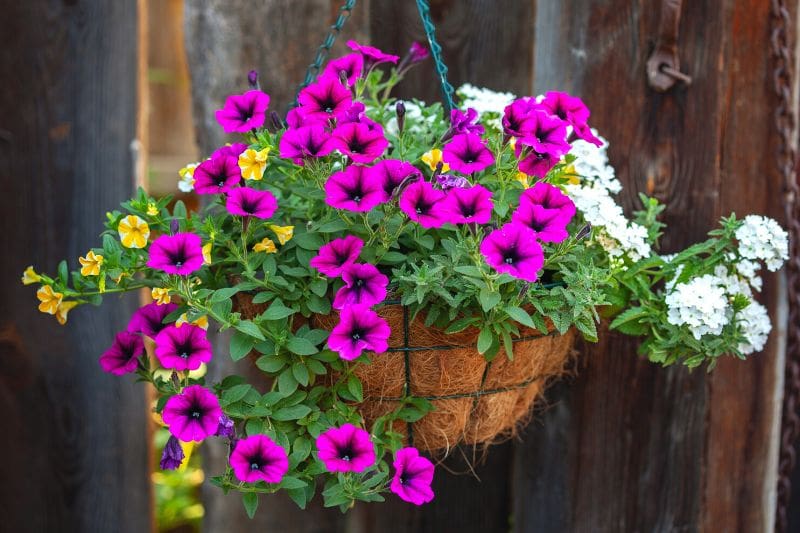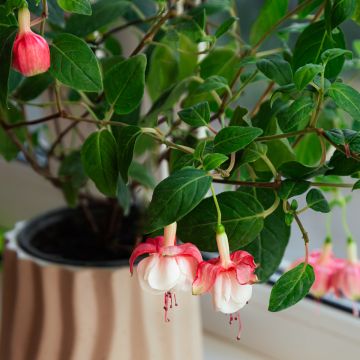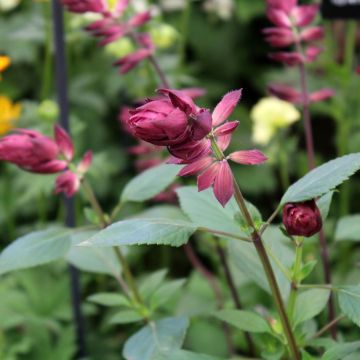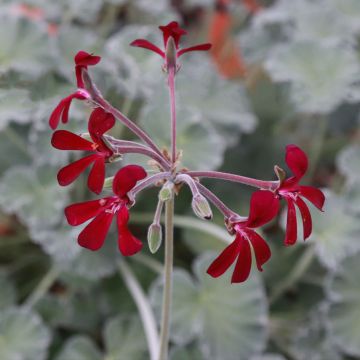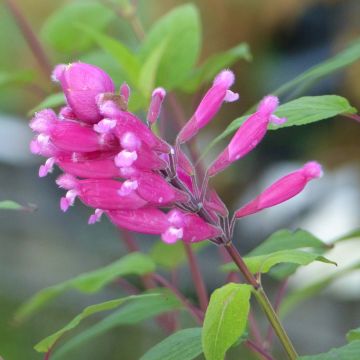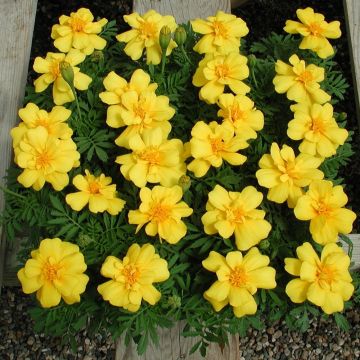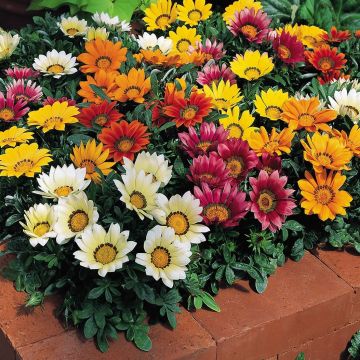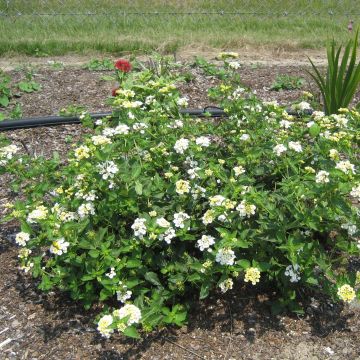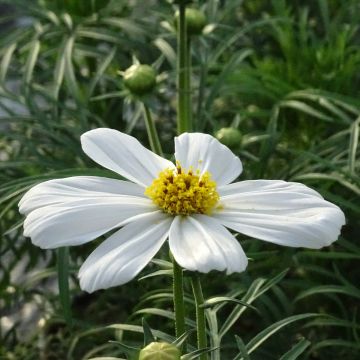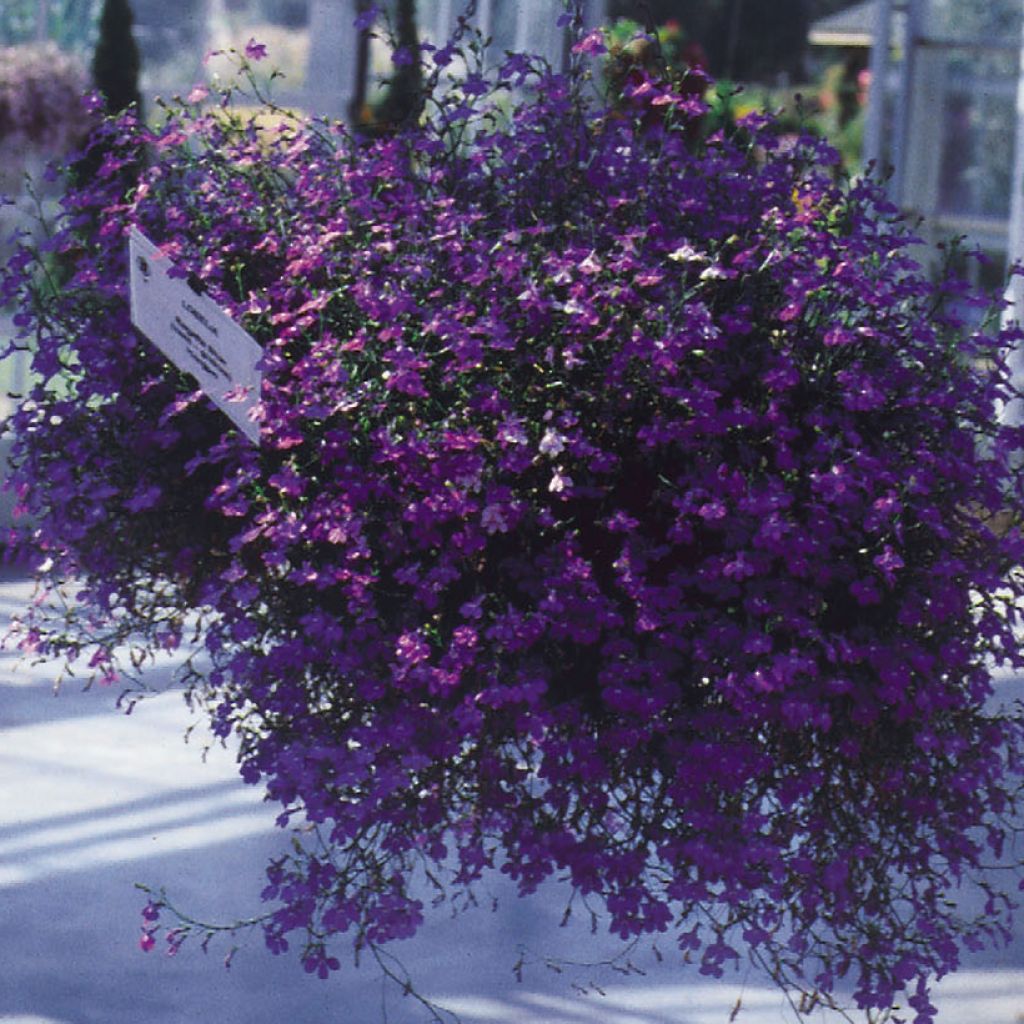

Lobelia erinus pendula Regatta Deep Blue
Lobelia erinus pendula Regatta Deep Blue
Lobelia erinus pendula Regatta Deep Blue
Special offer!
Receive a €20 voucher for any order over €90 (excluding delivery costs, credit notes, and plastic-free options)!
1- Add your favorite plants to your cart.
2- Once you have reached €90, confirm your order (you can even choose the delivery date!).
3- As soon as your order is shipped, you will receive an email containing your voucher code, valid for 3 months (90 days).
Your voucher is unique and can only be used once, for any order with a minimum value of €20, excluding delivery costs.
Can be combined with other current offers, non-divisible and non-refundable.
Home or relay delivery (depending on size and destination)
Schedule delivery date,
and select date in basket
This plant carries a 6 months recovery warranty
More information
We guarantee the quality of our plants for a full growing cycle, and will replace at our expense any plant that fails to recover under normal climatic and planting conditions.
Does this plant fit my garden?
Set up your Plantfit profile →
Description
The Lobelia erinus 'Regatta Deep Blue' is distinguished by a very beautiful habit, both dense and trailing, perfectly suited for hanging baskets. It is an early variety, with deep blue flowers, capable of flowering continuously from June to October. This annual plant creates enchanting and long-lasting displays, even in the sun, confidently filling hanging baskets and balcony planters. Essential in summer compositions!
The 'Regatta' Lobelia is a beautiful improvement of the 'Cascade' lobelia, which will flower approximately 15 days earlier. It is a plant of the bellflower family of horticultural origin. It comes from the Lobelia erinus var. pendula, a South African annual species with a trailing and not upright habit. The numerous quite long and branching stems of this 'Regatta Deep Blue' variety form in one season a slightly trailing bushy clump, 20 to 30 cm (8 to 12in) high and at least 30-35 cm (12-14in) wide. The very small evergreen, alternate, obovate and slightly crenate leaves compose a beautiful dark green background for the multitude of flowers that renew themselves for almost 5 months. As they lengthen, the spikes bear flowers in clusters. Their corollas measure 0.5 mm (0in) to 1 cm (0in) in width. They are tubular before widely flaring out, observing a bilateral symmetry. The upper lip is composed of two raised tufts and the lower lip is divided into three larger petals, fused at the base. The throat is generally white, highlighting the color of the rest of the flower. This flowering is regularly visited by pollinating insects. It is not uncommon for Lobelias to self-seed: the young plants, which do not tolerate cold, will spend the winter in a bright room kept frost-free.
The 'Regatta Deep Blue' Lobelia works wonders in hanging baskets, pots, illuminating every corner of courtyards and terraces with its intense flowering. It blends with white and pink varieties, in a very romantic spirit, also harmonizing with the softness of petunias and surfinias, the silver foliage of 'Silver' Helicrysum petiolare (Gnaphalium), and the varied colors of Verbenas. You can even plant it as a border plant, especially if you have a small garden, preferably in sun or partial shade. The fascinating spectacle of its flowering never tires, it always surprises; this little plant will surely find a place near the house.
Note: Please be aware that our young plug plants are professional products intended for experienced gardeners: upon receipt, repot and store them in sheltered areas (veranda, greenhouse, cold frame...) at a temperature above 14°C (57.2°F) for a few weeks before being planted outdoors once the risk of frost is definitively eliminated.
Flowering
Foliage
Plant habit
Botanical data
Lobelia
erinus pendula
Regatta Deep Blue
Campanulaceae
Cultivar or hybrid
Other Annual Lobelia
View all →Planting and care
The 'Regatta Deep Blue' Lobelia is a tender plant, so plant it outdoors once the risk of frost has passed. Choose a sunny, non-burning location or partial shade. The annual Lobelia appreciates well-drained, light, moist, and humus-rich soil. Water regularly and add fertilizer every two weeks to the watering water. After each flowering period, lightly prune the stems to stimulate new flowering. You can also take cuttings.
You can plant them in pots or in the garden from April onwards, as they can tolerate temperatures close to freezing, which will cause their leaves to darken. Allow at least 40 cm (16in) spacing between each plant when planting them in the ground.
Planting period
Intended location
Care
Planting & care advice
This item has not been reviewed yet - be the first to leave a review about it.
Similar products
Haven't found what you were looking for?
Hardiness is the lowest winter temperature a plant can endure without suffering serious damage or even dying. However, hardiness is affected by location (a sheltered area, such as a patio), protection (winter cover) and soil type (hardiness is improved by well-drained soil).

Photo Sharing Terms & Conditions
In order to encourage gardeners to interact and share their experiences, Promesse de fleurs offers various media enabling content to be uploaded onto its Site - in particular via the ‘Photo sharing’ module.
The User agrees to refrain from:
- Posting any content that is illegal, prejudicial, insulting, racist, inciteful to hatred, revisionist, contrary to public decency, that infringes on privacy or on the privacy rights of third parties, in particular the publicity rights of persons and goods, intellectual property rights, or the right to privacy.
- Submitting content on behalf of a third party;
- Impersonate the identity of a third party and/or publish any personal information about a third party;
In general, the User undertakes to refrain from any unethical behaviour.
All Content (in particular text, comments, files, images, photos, videos, creative works, etc.), which may be subject to property or intellectual property rights, image or other private rights, shall remain the property of the User, subject to the limited rights granted by the terms of the licence granted by Promesse de fleurs as stated below. Users are at liberty to publish or not to publish such Content on the Site, notably via the ‘Photo Sharing’ facility, and accept that this Content shall be made public and freely accessible, notably on the Internet.
Users further acknowledge, undertake to have ,and guarantee that they hold all necessary rights and permissions to publish such material on the Site, in particular with regard to the legislation in force pertaining to any privacy, property, intellectual property, image, or contractual rights, or rights of any other nature. By publishing such Content on the Site, Users acknowledge accepting full liability as publishers of the Content within the meaning of the law, and grant Promesse de fleurs, free of charge, an inclusive, worldwide licence for the said Content for the entire duration of its publication, including all reproduction, representation, up/downloading, displaying, performing, transmission, and storage rights.
Users also grant permission for their name to be linked to the Content and accept that this link may not always be made available.
By engaging in posting material, Users consent to their Content becoming automatically accessible on the Internet, in particular on other sites and/or blogs and/or web pages of the Promesse de fleurs site, including in particular social pages and the Promesse de fleurs catalogue.
Users may secure the removal of entrusted content free of charge by issuing a simple request via our contact form.
The flowering period indicated on our website applies to countries and regions located in USDA zone 8 (France, the United Kingdom, Ireland, the Netherlands, etc.)
It will vary according to where you live:
- In zones 9 to 10 (Italy, Spain, Greece, etc.), flowering will occur about 2 to 4 weeks earlier.
- In zones 6 to 7 (Germany, Poland, Slovenia, and lower mountainous regions), flowering will be delayed by 2 to 3 weeks.
- In zone 5 (Central Europe, Scandinavia), blooming will be delayed by 3 to 5 weeks.
In temperate climates, pruning of spring-flowering shrubs (forsythia, spireas, etc.) should be done just after flowering.
Pruning of summer-flowering shrubs (Indian Lilac, Perovskia, etc.) can be done in winter or spring.
In cold regions as well as with frost-sensitive plants, avoid pruning too early when severe frosts may still occur.
The planting period indicated on our website applies to countries and regions located in USDA zone 8 (France, United Kingdom, Ireland, Netherlands).
It will vary according to where you live:
- In Mediterranean zones (Marseille, Madrid, Milan, etc.), autumn and winter are the best planting periods.
- In continental zones (Strasbourg, Munich, Vienna, etc.), delay planting by 2 to 3 weeks in spring and bring it forward by 2 to 4 weeks in autumn.
- In mountainous regions (the Alps, Pyrenees, Carpathians, etc.), it is best to plant in late spring (May-June) or late summer (August-September).
The harvesting period indicated on our website applies to countries and regions in USDA zone 8 (France, England, Ireland, the Netherlands).
In colder areas (Scandinavia, Poland, Austria...) fruit and vegetable harvests are likely to be delayed by 3-4 weeks.
In warmer areas (Italy, Spain, Greece, etc.), harvesting will probably take place earlier, depending on weather conditions.
The sowing periods indicated on our website apply to countries and regions within USDA Zone 8 (France, UK, Ireland, Netherlands).
In colder areas (Scandinavia, Poland, Austria...), delay any outdoor sowing by 3-4 weeks, or sow under glass.
In warmer climes (Italy, Spain, Greece, etc.), bring outdoor sowing forward by a few weeks.






























